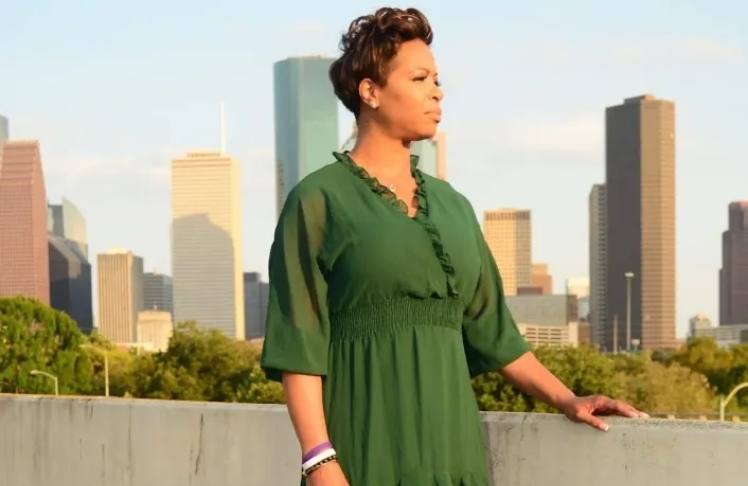
By Stacy M. Brown, The Washington Informer
Jamie R. Wright describes herself as a small-town girl born in the rural parts of northeast Oklahoma.
The mother of two adult daughters and a senior management program manager said she became homeless during the pandemic because of intimate partner violence.
So, when Wright heard about a study by scientists at the University of California San Diego School of Medicine that revealed just how bad the trend of physical, sexual, and intimate partner violence has become, she wasn’t surprised.
“I believe intimate partner violence has dramatically risen because of the stress and anxiety related to the lack of economic means and uncertainty of our future,” Wright stated.
“I also believe, and now know, that for people who cause abuse, studies show, it’s because of the need for [them] to possess power and control over their partner.”
Wright added that she believes many cases of intimate partner violence have gone unreported for years.
The study by the California scientists affirmed that belief.
In the Golden State, scientists found that 18 percent of residents have experienced physical or sexual violence in the past year, and one in every 25 Californians fell victim to intimate partner violence.
The researchers noted that the reliance on criminal justice data to examine the state of violence “fails to capture the breadth of abuses” experienced or committed by residents.
The California Study on Violence Experiences across the Lifespan (CalVEX) survey offered insight into those experiences as reported by a state-representative sample of adults.
“This survey is unique in its ability to provide population-level estimates on physical violence, inclusive of experiences of weapon use, as well as a range of sexual violence experiences, inclusive of harassment, coercion, and forced sex,” the scientists wrote.
While violence remains high, reports are low.
The scientists found that males were more likely than females to report physical violence victimization over the past year (11% vs. 5%).
Men reported a stranger as the perpetrator of weapon-related violence, while women reported partner-related violence.
Most who experienced past-year physical violence never reported it (93% of females, 87% of males).
“The pandemic killed a lot of people and ruptured family units [and] the response to it put many people out of work and took students out of school, removing the regular structure from their lives,” said Ben Michael, an attorney at Michael & Associates.
“The George Floyd protests and the police response to them created another dynamic, with the police in multiple cities pulling back on enforcement in many neighborhoods, leaving criminals free to be bolder,” Michael declared.
“The economic disruptions brought about by inflation, and the end of the child tax credit put more economic pressure on people. So it’s all these reasons and more,” Michael added.
Researchers noted that, in the past year, physical violence, sexual violence, and intimate partner violence were more likely among gay, lesbian, and bisexual people, people with a disability, people with a history of homelessness or incarceration, and those who faced past year eviction or financial distress.
The issue isn’t unique to California.
According to the Brennan Center, murders rose more than 36 percent in the Northeast and Midwest.
It increased by 26% in the South and nearly 27% out west.
“After years of decline, crime rose during the Covid-19 pandemic, particularly violent crime,” Brennan Center researchers reported.
A July report by the Council on Criminal Justice showed that homicide rates in nearly two dozen cities with readily available crime numbers are still almost 40 % higher than before the pandemic.
“Since people suddenly are under a lot of restrictions, they do not know how to express their bottled-up emotions,” offered Veronica Thompson, the COO of Everyday Power.
“In the end, these bottled-up emotions come out at once, aggressively and physically, hence the uptick in abuse,” Thompson explained.
The author noted that current violence prevention efforts “are clearly woefully inadequate and often ignore the gendered nature of violence, its intersections with other socio-economic vulnerabilities, and its disproportionate effects on marginalized populations.”
The authors concluded that multi-level approaches inclusive of social and normative shifts regarding human dignity and rights, improvements to the policy environment to strengthen social and economic safety nets, and improvements to policy and programs in violence prevention and mental health services are needed.
“These approaches must be implemented at the community level as well as in diverse and multi-sectoral key institutions, such as schools and health care systems, to address the violence crisis and improve COVID-19 rebuilding and health equity efforts more broadly.”
This post was originally published on The Washington Informer.















